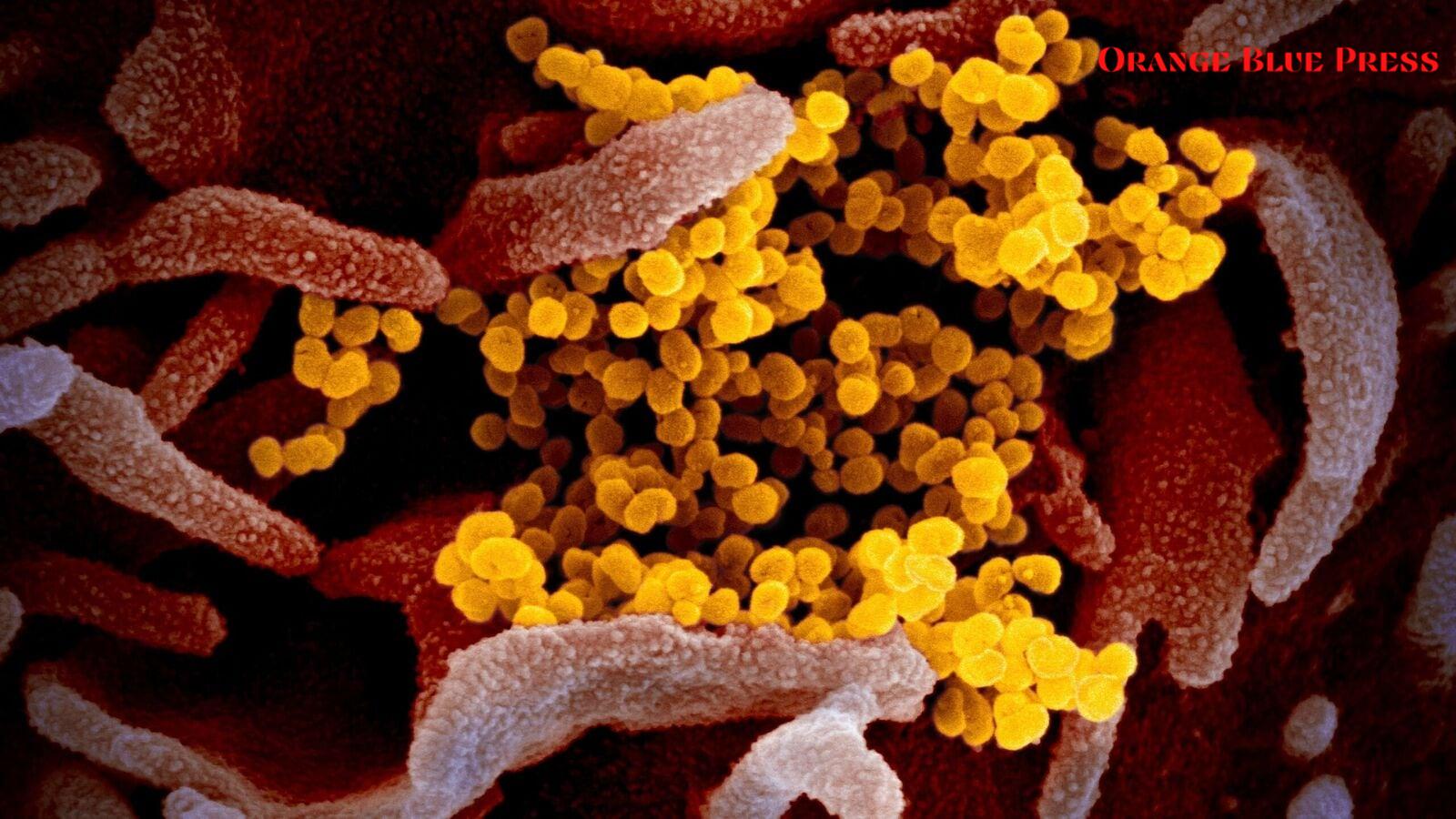In recent weeks, health agencies across the globe are keeping a close watch on Human Metapneumovirus (HMPV) as cases begin to rise in several regions, including India and Malaysia. On January 6, 2025, the Indian Council of Medical Research (ICMR) identified two cases in Karnataka, while Ahmedabad in Gujarat reported another HMPV infection. State officials emphasize that HMPV is not a new virus and has appeared before in cyclical patterns.
LIVE UPDATES
Health experts are analyzing the current situation and urging the public to stay informed about HMPV symptoms and prevention. The Maharashtra Chief Minister Devendra Fadnavis mentioned that this virus is not unprecedented, reinforcing that communities should focus on good hygiene practices.
What is Human Metapneumovirus (HMPV)?
HMPV is a common respiratory virus first discovered in 2001, known for causing upper and lower respiratory infections. Symptoms often mimic those of a simple cold or flu, such as coughing, fever, nasal congestion, and shortness of breath. The virus mainly affects young children, older adults, and those with weakened immune systems.
Why is HMPV in the news?
A noticeable increase in HMPV cases has been reported, particularly in Malaysia, which experienced a 45% rise from 2023 to 2024. Health officials from Malaysia confirm a total of 327 cases in 2024, raising alarms about potential outbreaks in Asia. The situation is attributed to people being re-exposed to various pathogens post-COVID-19 lockdowns.
Who is most at risk from HMPV?
While HMPV can infect anyone, certain groups are at higher risk, including children, the elderly, and individuals with existing health conditions. These populations must be vigilant about symptoms that may indicate a serious respiratory issue.
How does HMPV spread?
The virus spreads through respiratory droplets and can easily transmit via close contact with infected individuals or contaminated surfaces. It’s important to remember that common hygiene practices can significantly reduce the risk of infection.
What are the symptoms of HMPV?
- Cough
- Fever
- Runny nose
- Sore throat
- Shortness of breath
While these symptoms are often mild, they can progress to more severe conditions like bronchitis or pneumonia, especially without proper care.
How is HMPV diagnosed?
Diagnosis of HMPV typically involves tests such as Nucleic Acid Amplification Tests (NAAT) to detect the virus’s genetic material in respiratory samples. However, routine testing is generally reserved for severe cases or breakout situations.
How can HMPV be prevented?
To minimize the risk of contracting HMPV, people are encouraged to practice good hygiene habits such as:
- Frequent handwashing
- Avoiding touching the face
- Wearing masks during peak seasons or outbreaks
These measures can significantly lower the likelihood of transmission within communities.
Is there a treatment for HMPV?
Currently, there is no specific antiviral treatment or vaccine available for HMPV. The focus remains on managing symptoms, ensuring individuals stay hydrated, get plenty of rest, and can take over-the-counter medications to alleviate discomfort. It’s vital to monitor the severity of symptoms as some cases may require hospitalization for more intensive care.
How does HMPV compare to COVID-19?
Similar to COVID-19, HMPV spreads through respiratory droplets and presents respiratory symptoms. However, HMPV typically peaks during the winter and spring months, whereas COVID-19 has shown a year-round presence. Proper vaccination and awareness campaigns have proven effective in combating COVID-19; however, no such measures are currently available for HMPV, so public vigilance remains crucial.
When should you seek medical attention?
It is essential to seek medical help if symptoms worsen, particularly for individuals with chronic health conditions or difficulties breathing. Recognizing changes in one’s health condition is key to ensuring appropriate medical responses are taken in a timely manner.
Is HMPV a new pandemic threat?
Health officials clarify that HMPV should not be labeled as a new pandemic threat as it has not shown the characteristics necessary for that classification. Seasonal surges are normal, and while heightened awareness is encouraged, especially given the recent spike in cases, experts are reassuring the public that HMPV has been around and doesn’t pose an unmanageable risk.
















